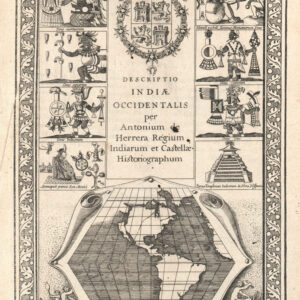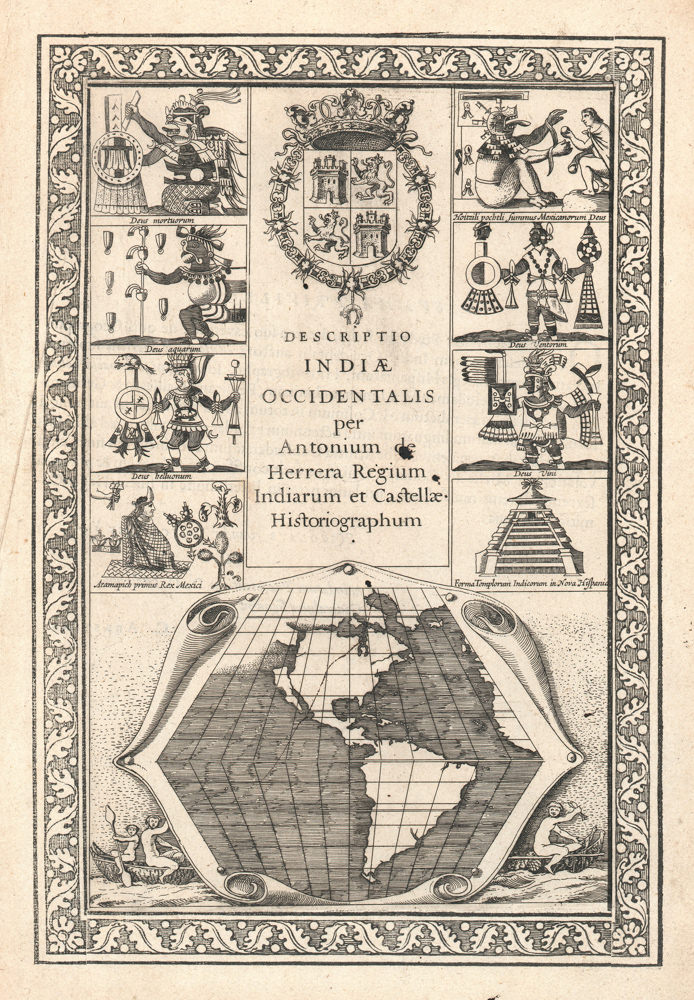A rare modernist painting of the Santa Barbara Hills.
[Carl Borg Oil Painting] “Spring Day, California.”
$24,000
1 in stock
Description
This stunning oil painting by esteemed Swedish/American artist Carl Oscar Borg captures the hills of Santa Barbara bathed in the soft light of the afternoon and covered in the colorful blooms of spring. It is a prime example of American modernism, a landscape embedded with longing and steeped in beauty.
Despite being Swedish in origin, Carl Oscar Borg belongs to the pantheon of great American modernists, capturing not only the land and peoples of the United States but also aspects of its very essence. Known as ‘Dean of the California Artists,’ Borg is today considered one of the best artists to capture the indomitable spirit of “The West.”
Borg arrived in California in 1903, settling in the vicinity of Santa Barbara. While his life would bring him away from California for extended periods, it was here that he planted his roots. Our painting may consequently be said to be from his proverbial “backyard.”
While the motif is interesting because it depicts a landscape that he knew and loved dearly, the style and palette of the painting are just as important. Borg succeeded as a painter of American scenes during his lifetime, and his style and choice of motifs changed considerably over time. Thus, we see more romantic scenes of the American West in his early work and a distinctly post-impressionistic style.
After the end of World War I, the European art scene exploded, and an entirely new framework for artistic expression was created. Known as the Avantgarde, or simply ‘Modern Art,’ this creative revolution introduced many new ways to express one’s innermost feelings. Among the more well-known subsets of the modernist paradigm, we find famous styles such as cubism, expressionism, and surrealism.
During the 1920s, and especially the 1930s, Borg traveled repeatedly to Europe on study trips, slowly absorbing the overwhelming new possibilities. When World War II broke out, he was caught in neutral Sweden and was forced to stay there for the duration of the war. He began painting motifs from memory and in new and experimental ways. His palette, style, and motifs changed, moving from dynamic life scenes to capturing America’s extraordinary landscapes. Our painting belongs to this innovative and profoundly emotive period of Borg’s output, and is one of his late masterpieces.
Census
Carl Oscar Borg enjoyed immense popularity during his lifetime and had a prolific output. But because his style and motifs developed considerably, his works command a broad spectrum of prices. Based on recent results in the market and the types of Borg works we have found in American museums, there is a consensus that the modernist landscapes constitute his best output.
Cartographer(s):
Carl Oscar Borg (1879-1947) was a Swedish painter who emigrated to the United States at the dawn of the 20th century. Spending most of his life there, Borg became a naturalized U.S. citizen and an artist known primarily for capturing the essence of the American West on his canvases.
Borg was born in 1879 to poor parents in Grinstad, Sweden. By age 15, he was apprenticing as a house painter. After a few years, Borg first traveled to Paris before moving to London in 1901, where he landed a job as an assistant to the portrait and marine painter George Johansen. In 1902, Borg traveled to America, setting sail for New York City.
Within some months of his arrival in New York, Borg decided to cross the country, settling in southern California in 1903. Here, Borg found fertile ground for his creativity. Shortly after arriving, he met the philanthropic suffragist Phoebe Hearst, whose patronage allowed Borg to concentrate on his painting. During these early years, Borg supplemented his income by teaching at esteemed institutions like the California Art Institute in Los Angeles and the School of Arts in Santa Barbara.
A wanderer at heart, Borg traversed the varied landscapes of California on foot, visiting the booming cityscape of Los Angeles and reaching more distant destinations such as San Francisco and the Grand Canyon. All these places would form consistent motifs in work, but no place in America would fascinate Borg as much as the awe-inspiring vistas of the Grand Canyon.
While Borg is most celebrated for his stunning modernist landscapes, his paintings captured diverse subjects, including indigenous cultures like the Hopi and Navajo Indians, historical scenes of cowboys, and the missions of California. His picturesque panoramas resonated widely, winning him growing recognition.
During the tumultuous years of the 1930s, Borg returned to Sweden multiple times. When World War II broke out, he was stuck in neutral Sweden, and he was unable to return to the United States until after Germany’s surrender in 1945. Despite these difficult circumstances, his forced stay in Europe meant his paintings won considerable acclaim on that side of the Atlantic. Despite the global political tensions, European art enthusiasts were keen on his American motifs, allowing him a prosperous life despite the ongoing war.
In his heart, Borg remained tethered to his new home in Santa Barbara. He returned to California as soon as the war was over and produced some of the best work of his career in the coming two years until he suddenly passed away on May 8, 1947.
Borg was a member of a range of esteemed art clubs and societies. He won numerous awards for his output, echoing the widespread recognition of his artistic prowess. His legacy remains celebrated, and his canvases are found in prestigious institutions such as the Los Angeles County Museum of Art, the Seattle Art Museum, the Library of Congress, the University of California at Berkeley Museum, and the Los Angeles Public Library, among many others.
Condition Description
Signed Carl Otto Borg A.N.A.; signed and titled on the reverse. Oil on canvas with some cracking.
References

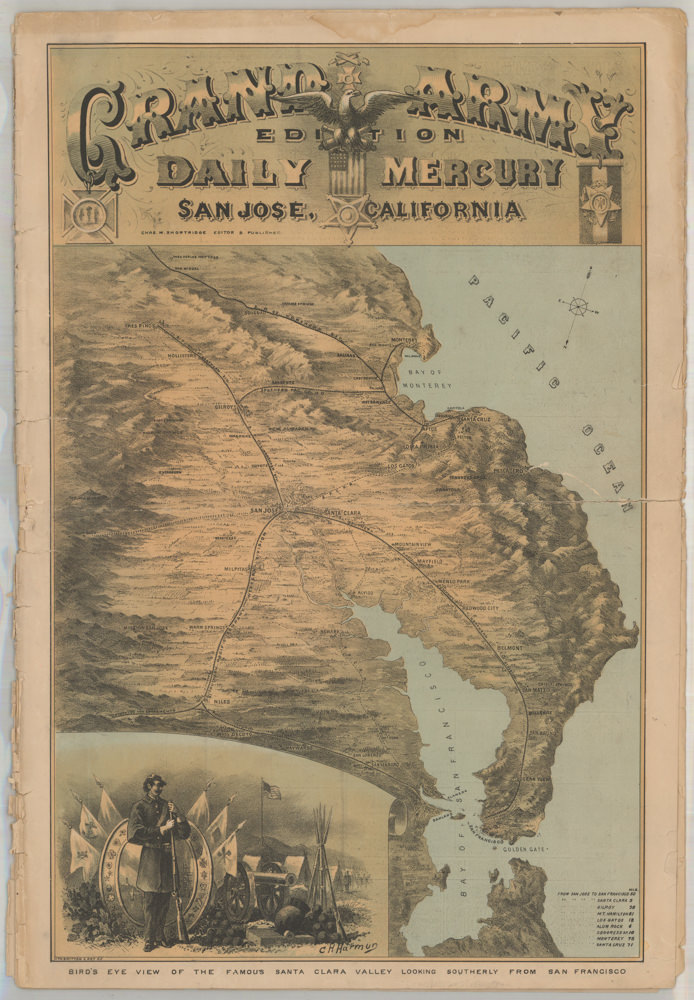
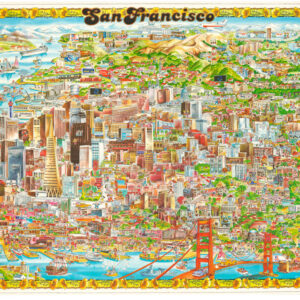
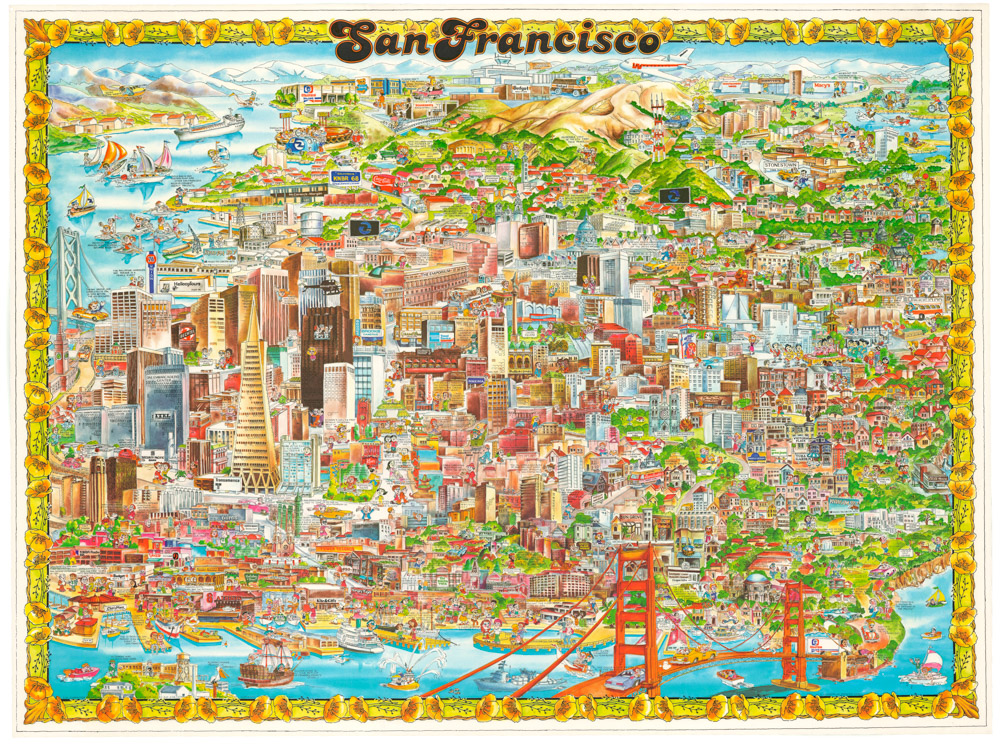
![Flag Map of California [Signed in pencil by W.J. Goodacre]](https://neatlinemaps.com/wp-content/uploads/2022/01/NL-01134_thumbnail-scaled-300x300.jpg)
![Flag Map of California [Signed in pencil by W.J. Goodacre]](https://neatlinemaps.com/wp-content/uploads/2022/01/NL-01134_thumbnail-scaled.jpg)
